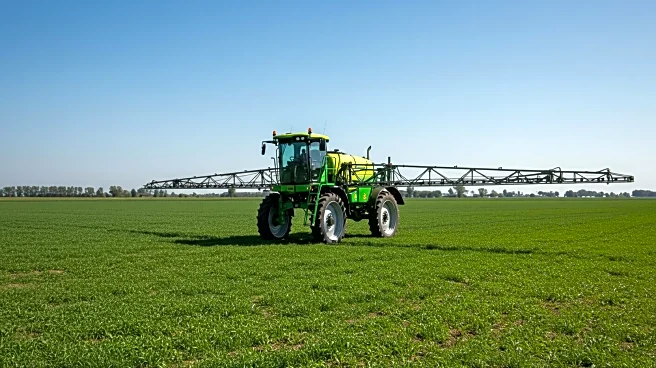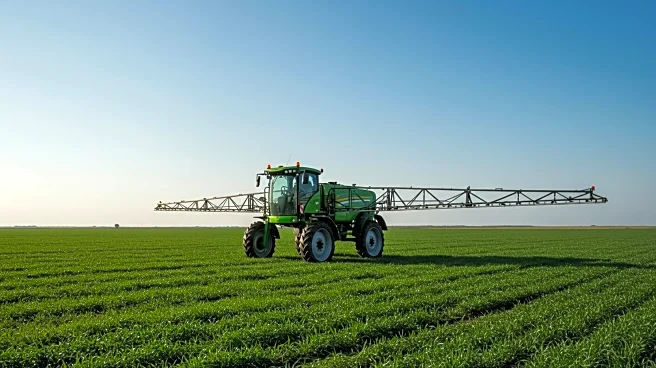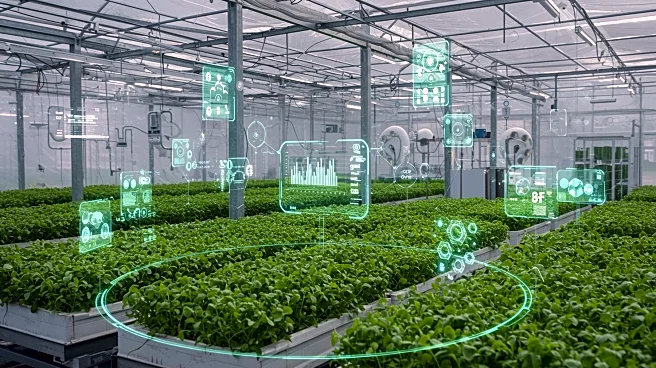Rapid Read • 7 min read
The global agricultural pheromone market is projected to grow significantly, reaching USD 11.38 billion by 2032 from USD 4.90 billion in 2025. This growth is driven by increasing adoption of pheromones in integrated pest management and sustainable farming practices. As the global population rises and agricultural land becomes scarce, farmers are turning to eco-friendly pest control methods like pheromone traps. These solutions offer a safer alternative to chemical pesticides, aligning with global trends towards sustainable agriculture.
AD
The expansion of the agricultural pheromone market reflects a shift towards sustainable and environmentally friendly farming practices. This trend is crucial for addressing global food security challenges and reducing reliance on harmful chemical pesticides. The market growth is expected to benefit farmers by providing effective pest control solutions that are less damaging to ecosystems. Additionally, regulatory support for biopesticides in regions like North America and Europe could further accelerate market adoption.
The market is likely to see continued innovation in pheromone product formulations and delivery technologies, enhancing their effectiveness and appeal. Strategic partnerships among companies may lead to the development of advanced solutions targeting multiple pest species. As climate change increases pest pressures, the demand for targeted pest control methods like pheromones is expected to rise, potentially driving further market growth.
The high cost and species-specific nature of pheromones may limit their adoption in some regions, particularly in developing countries. However, ongoing research and development could address these challenges by creating more cost-effective and versatile products. The market's growth also highlights broader trends in agricultural technology and sustainability, with potential implications for global food production and environmental conservation.
AD
More Stories You Might Enjoy











